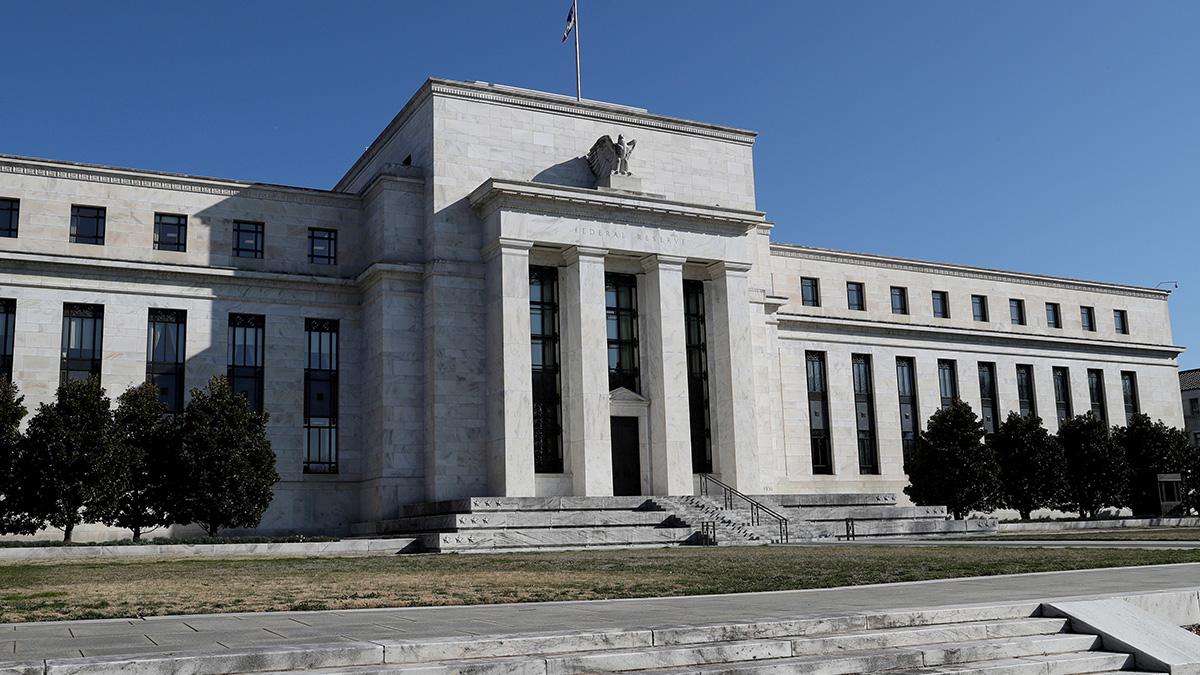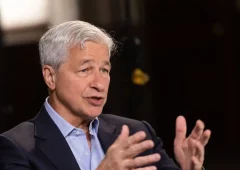Fed Faces Critical Decision: Rate Cut or Hold Steady?
28.10.2024 17:00 1 min. read Kosta Gushterov
The Federal Reserve's November 6-7 meeting is expected to determine the course of interest rates, with key inflation and employment data likely shaping the outcome.
Economic indicators released this week may influence the Fed’s decision, with Thursday’s inflation and Friday’s employment reports being closely watched.
Will Stith from Wilmington Trust suggests a high inflation reading combined with a strong jobs report could prompt the Fed to pause, reflecting on the recent 50-basis-point cut.
LPL Financial’s Jeffrey Roach also sees robust job growth as a potential reason for a pause, while others, like Harris Financial Group’s Jamie Cox, predict a 25-basis-point cut regardless of data. Morgan Stanley’s Ellen Zentner anticipates the Fed will cut rates if the job report aligns with expectations.
READ MORE:

JPMorgan CEO Stays Neutral Ahead of Election Amid Speculation on Future Role in Government
The Fed is set to analyze the PCE inflation index, projected to show a slight drop in core inflation, aiming for a 2% target. Meanwhile, the October jobs report could be skewed by recent natural disasters and labor strikes, with 125,000 jobs expected and the unemployment rate steady at 4.1%.
Despite some concerns, EY’s Gregory Dacko anticipates two further cuts by year-end as part of the Fed’s gradual approach to rate adjustments.
-
1
U.S. PCE Inflation Rises for First Time Since February, Fed Rate Cut Likely Delayed
27.06.2025 18:00 1 min. read -
2
Key U.S. Economic Events to Watch Next Week
06.07.2025 19:00 2 min. read -
3
Gold Beats U.S. Stock Market Over 25 Years, Even With Dividends Included
13.07.2025 15:00 1 min. read -
4
U.S. Announces Sweeping New Tariffs on 30+ Countries
12.07.2025 16:30 2 min. read -
5
US Inflation Heats Up in June, Fueling Uncertainty Around Fed Cuts
15.07.2025 16:15 2 min. read
US Inflation Heats Up in June, Fueling Uncertainty Around Fed Cuts
U.S. inflation accelerated in June, dealing a potential setback to expectations of imminent Federal Reserve rate cuts.
Gold Beats U.S. Stock Market Over 25 Years, Even With Dividends Included
In a surprising long-term performance shift, gold has officially outpaced the U.S. stock market over the past 25 years—dividends included.
U.S. Announces Sweeping New Tariffs on 30+ Countries
The United States has rolled out a broad set of new import tariffs this week, targeting over 30 countries and economic blocs in a sharp escalation of its trade protection measures, according to list from WatcherGuru.
Key U.S. Economic Events to Watch Next Week
After a week of record-setting gains in U.S. markets, investors are shifting focus to a quieter yet crucial stretch of macroeconomic developments.
-
1
U.S. PCE Inflation Rises for First Time Since February, Fed Rate Cut Likely Delayed
27.06.2025 18:00 1 min. read -
2
Key U.S. Economic Events to Watch Next Week
06.07.2025 19:00 2 min. read -
3
Gold Beats U.S. Stock Market Over 25 Years, Even With Dividends Included
13.07.2025 15:00 1 min. read -
4
U.S. Announces Sweeping New Tariffs on 30+ Countries
12.07.2025 16:30 2 min. read -
5
US Inflation Heats Up in June, Fueling Uncertainty Around Fed Cuts
15.07.2025 16:15 2 min. read

